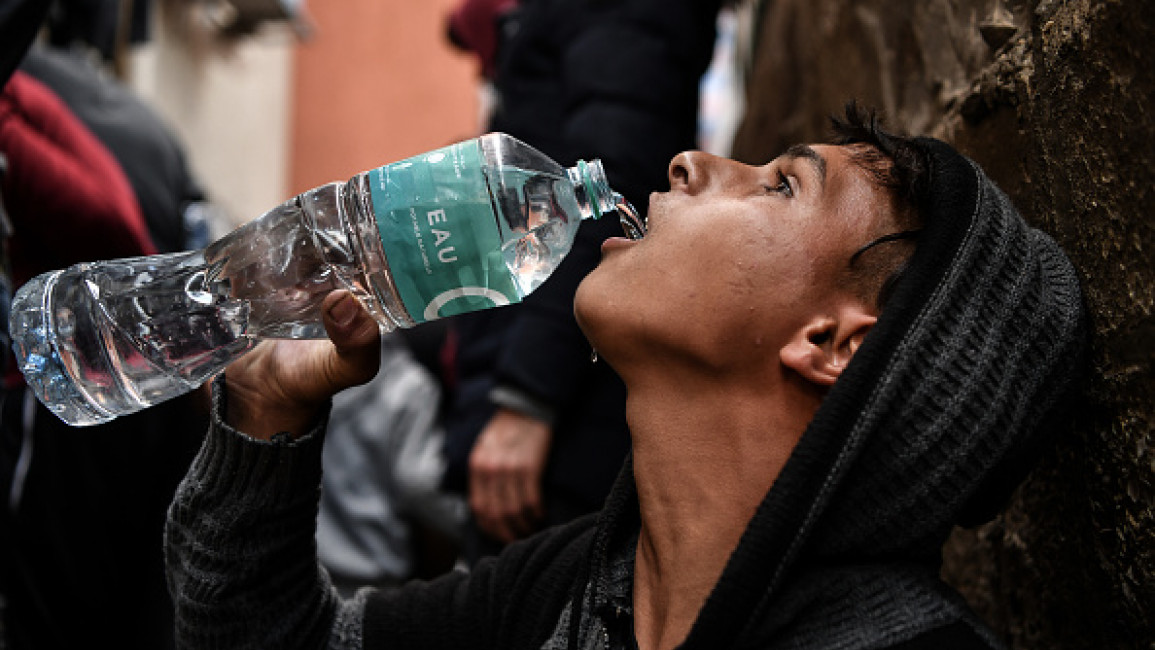Gaza's children deprived of 90% of recommended water use amid unsanitary conditions, disease fears
Displaced Palestinian children in the Gaza Strip are not consuming 90 percent of the recommended daily water intake, UNICEF warned on Wednesday, amid Israel's continued siege and bombardment of the Palestinian territory.
Children in southern Gaza are only using and consuming one and a half to two litres of water on a daily basis, which is well below of the average recommendation for survival, according to UNICEF estimates.
Humanitarian relief standards suggest that the minimum amount of water needed in emergency situations is 15 litres, used for drinking, bathing and cooking, while the estimated minimum for survival is only three litres per day.
The United Nations agency stressed that this impacts children more as they are more likely to suffer from dehydration, diarrhea, malnutrition and other diseases, which can pose a threat to survival during times of war. Exposure to such conditions is particularly heightened during war, which has raged in the Gaza Strip for 76 days as of Thursday.
"Access to adequate amounts of clean water is a matter of life and death, and children in Gaza barely have a drop to drink," said UNICEF Executive Director Catherine Russell.
"Children and their families are forced to use water from unsafe sources that are highly salty or polluted. Without safe drinking water, a greater number of children will die due to deprivation and disease in the coming days," she added.
Israel’s military onslaught in the territory has killed at least 20,000 Palestinians since October 7. Israel has bombed hospitals, housing, schools and refugee camps where displaced Palestinians have sought shelter.
Tel Aviv has also placed the territory under complete siege, cutting off fuel, food and water supplies to Gaza’s 2.3 million residents. Such inability to access essentials, as well as dire conditions and a lack of safe water, has heightened the risk of waterborne diseases spreading in the enclave.
Officials have already registered 20 times the monthly average cases of diarrhea for children under five, while chickenpox, rashes and other diseases are spreading at a high rate.
On average, there is one toilet per 700 people across shelters in Gaza, UNICEF said, pushing people to resort to unsanitary coping strategies. Showers are even less available, rendering adequate hygiene options "nearly non-existent" for the displaced.
Heavy rain and flooding also hit Gaza one week ago, impacting living spaces for thousands, as well as exacerbating concerns over the spread of diseases and illnesses.
"Gaza’s water and sanitation services are on the verge of collapse, while a large-scale disease outbreak looms," UNICEF stressed, with more and more Gazans impacted as Israel's war rages.



